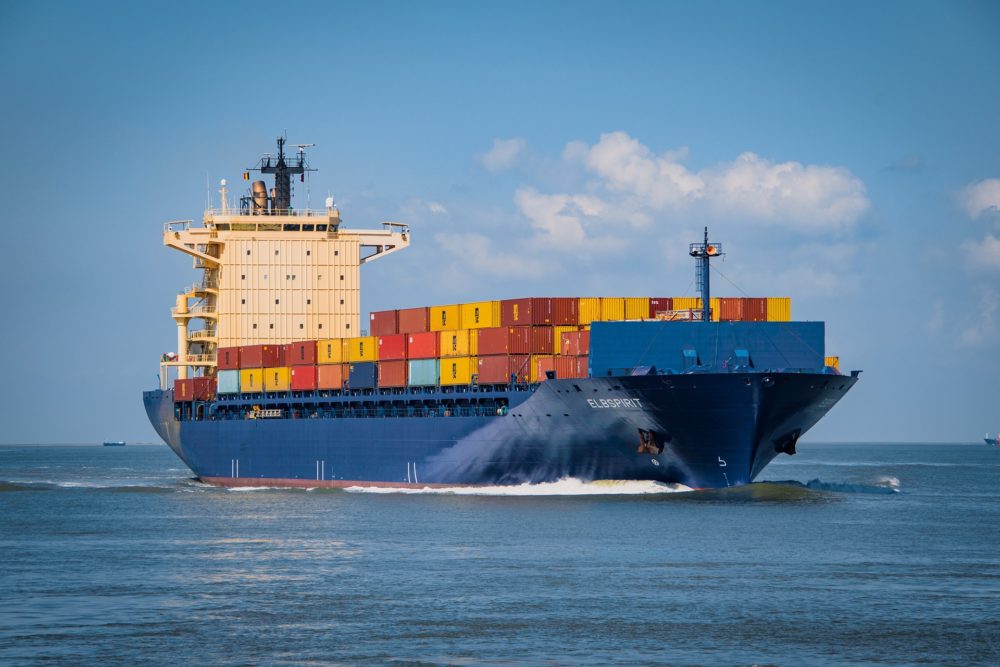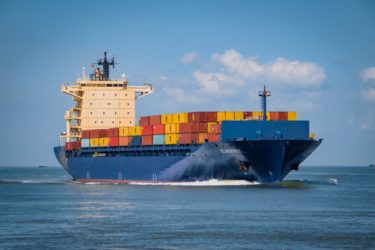10 Ways to Make Overseas Shipping Sustainable

1. Alternative Fuel Sources
The use of conventional fossil fuels is a major source of emissions from shipping. Fossil fuels consumed by the shipping industry amount to 300 million tons per year, or about 5% of the world’s oil production. The development of alternative fuels could therefore be a game-changer for the shipping industry. By replacing conventional diesel and fuel oil with renewable resources such as biodiesel, hydrogen and biogas, emissions can be significantly reduced while maintaining an efficient system. In short, to reduce these impacts, ships are increasingly being equipped with alternative fuels such as liquefied natural gas (LNG) and biofuels.
LNG is particularly popular with shipping companies because it emits up to 25% less greenhouse gases than conventional fuels and is also cheaper. In fact, many of the world’s leading shipping companies already operate LNG-fueled vessels. Carnival Corporation, for example, has announced plans to convert more than 100 cruise ships to LNG. The shipping industry is actively considering the use of LNG, hydrogen, and even solar panels to reduce its environmental impact and run a greener business.
2. Digitization
Digitalization, also known as “smart shipping,” is the process of using data and technology to achieve a more efficient and sustainable shipping industry. Various efforts are being made to improve navigation and reduce fuel consumption by installing sensors and automated systems on ships, and by tracking and monitoring vessels. It can also increase transparency and enable more accurate reporting of emissions, facilitating areas for improvement and further efficiency gains.
3. Vessel Optimization Technologies
One of the most promising new technologies in shipping is Vessel Optimization Technology (VOT), a suite of software tools that can be used to make ships more efficient and reduce fuel consumption and emissions. It can be used to identify areas for improvement, such as reducing drag or optimizing engine power. It can also generate detailed reports on vessel efficiency, helping operators to better understand their vessels and make informed decisions on how best to reduce their environmental impact.
4. Design Optimization
It is the modification of a ship’s design to reduce fuel consumption and emissions. This can include changing the shape of the hull, adding a propeller or rudder, or introducing a new propulsion system. By making simple changes to a ship’s design or structure, shipping companies can reduce fuel consumption by up to 10%. This is an effective way to reduce emissions and make the industry sustainable in the long term.
5. Green Technology
As a source of energy other than fuel, we are also investing in green technologies such as wind power and solar panels. These renewable energy sources can provide a more reliable source of power while significantly reducing a ship’s overall emissions. While still prohibitively expensive for many larger vessels, wind and solar power are becoming more accessible. In addition, the development of sustainable shipping containers is another way companies can reduce their environmental footprint by using lightweight, well-insulated materials.
6. Energy Management
Advances in digital technology have made it possible to optimize energy use and reduce emissions by monitoring vessel performance. For example, an energy management system (EMS) can be used to identify and reduce unnecessary energy consumption on vessels and provide operators with real-time data on vessel performance. In addition, by collecting real-time fuel consumption data, vessel engines can be tuned for maximum efficiency, reducing emissions and operating costs. This enables more informed decisions to be made on how best to reduce emissions, such as improving fuel efficiency or changing routes.
7. Exhaust Gas Technology
Technology that collects and treats exhaust gases and tends to focus on air pollutants such as sulfur, a particularly toxic gas. This technology essentially aims to convert highly toxic gases into non-toxic ones.
8. Fuel Optimization Systems
This system is used by many shipping fleets. An artificial intelligence technology that processes large amounts of data from various sensors installed on ships and suggests optimal routes, speeds, and maneuvering methods. This solution helps reduce greenhouse gas emissions into the atmosphere. It can also provide real-time information on current emissions and suggest ways to reduce emissions.
9. Use of satellite data
Smart Green Shipping (SGS) of the UK has developed a wind power solution based on the America’s Cup wing sail to combat greenhouse gas emissions. The wind power is generated by combining the Smart Vertical Aerofoil with an advanced analytics system that can accurately calculate the available wind speeds on any given route. The initial goal is to reduce fuel consumption by at least one-fifth and build on that as the technology advances. The technology claims to be able to reduce CO2 emissions by 50%.
10. Changing attitudes toward environmental sustainability
This is basically another way in which shipping can work to reduce its environmental impact if it changes its attitude and behavior towards certain dogmatic measures that have been blindly followed for ages. For example, slow steaming, which, as the name implies, means operating at much lower maximum speeds, especially on container ships, is one of the surest ways to save costs and fuel.
<relevance>






